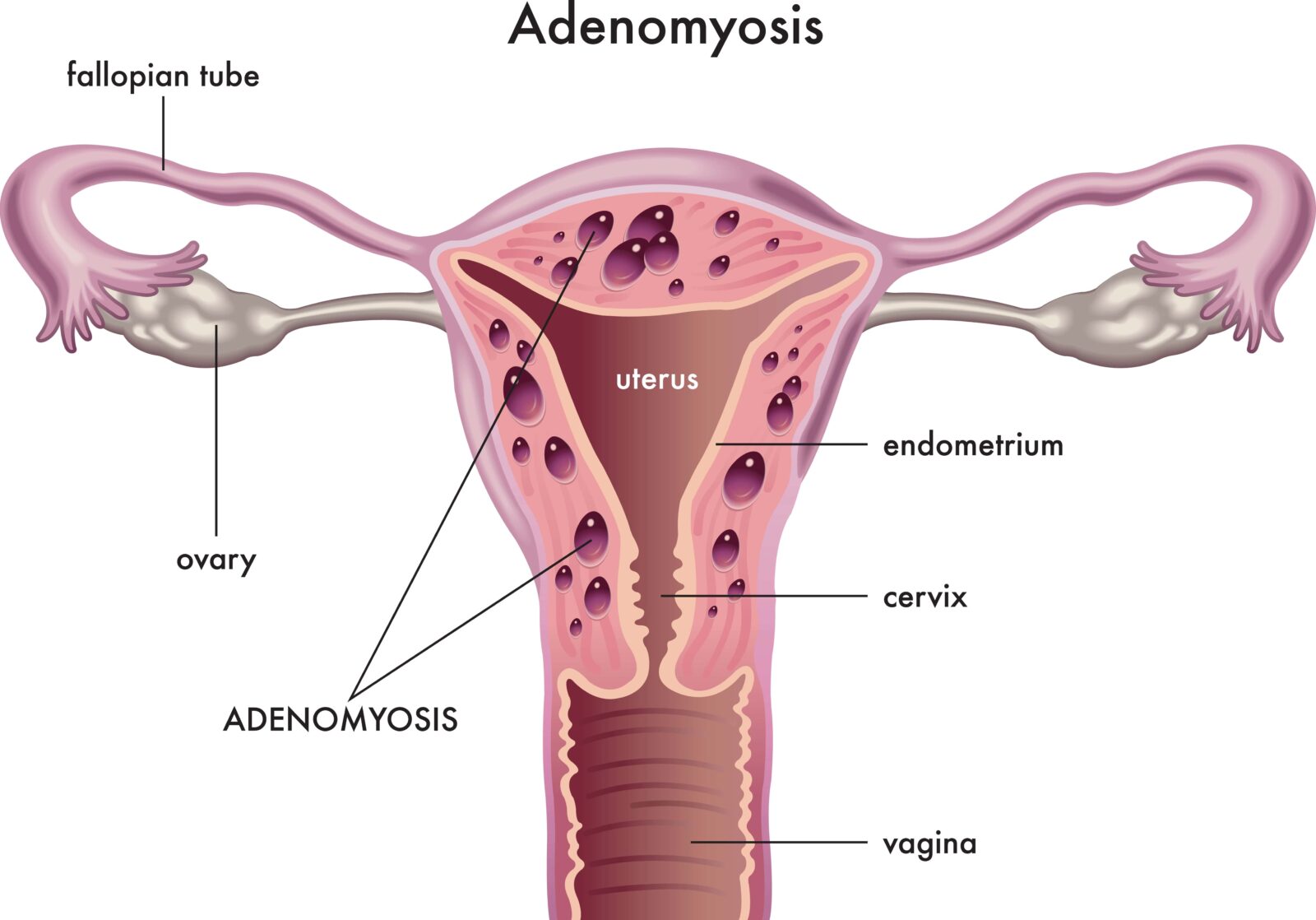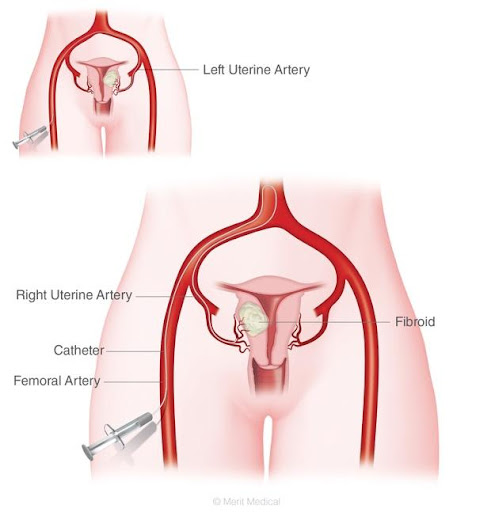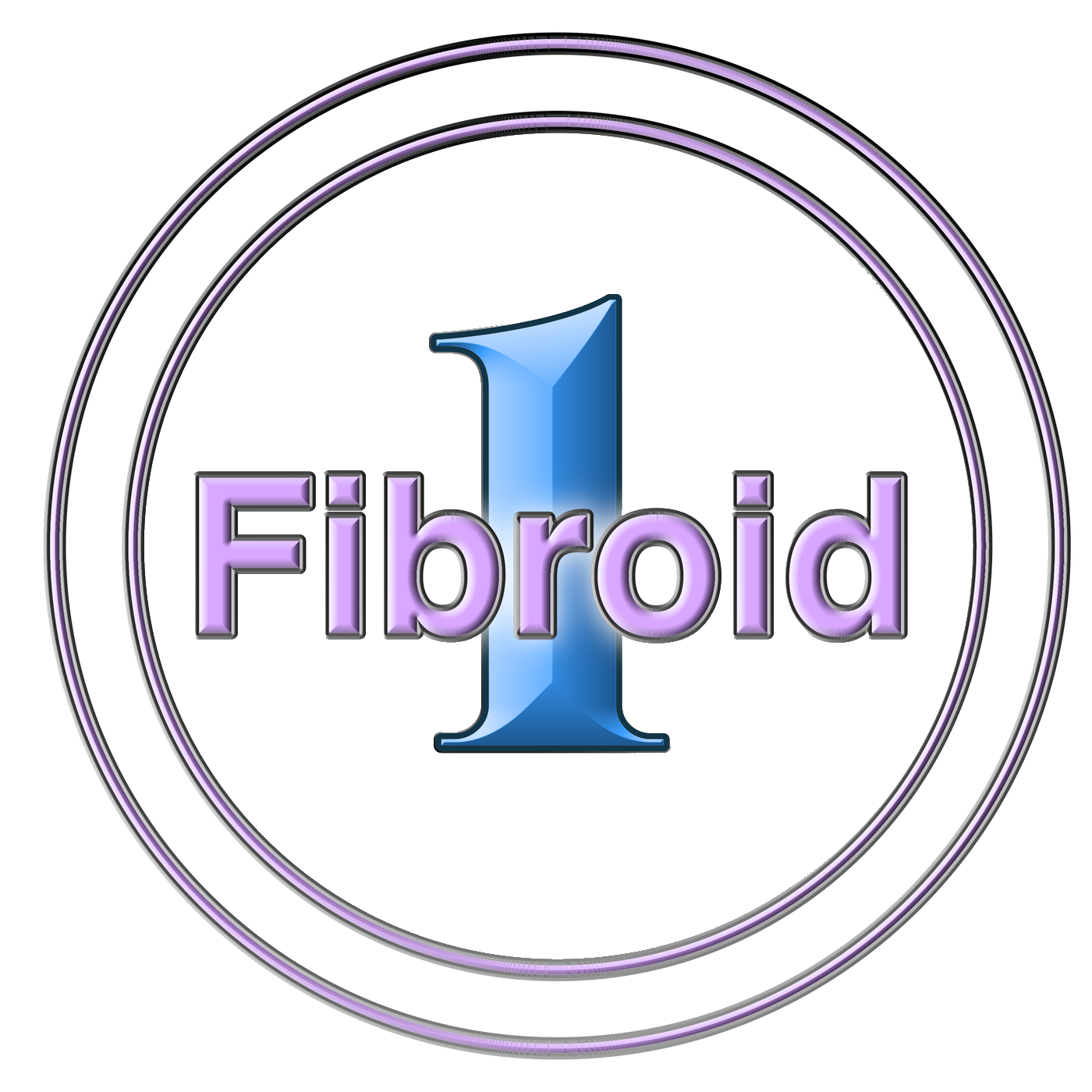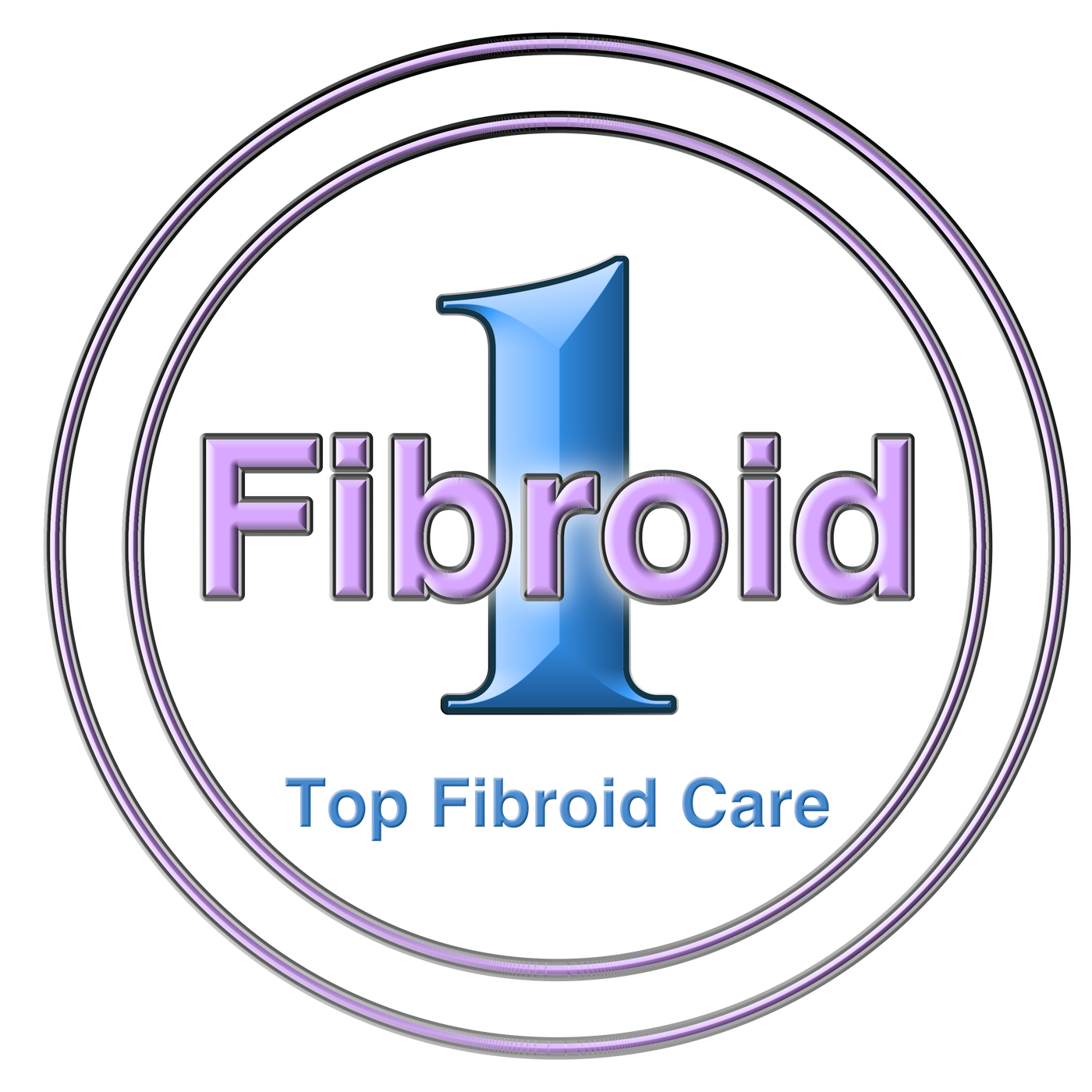Adenomyosis is a condition that affects the uterus and can cause painful menstrual periods, heavy bleeding, and other uncomfortable symptoms. Traditional treatment options for adenomyosis, such as hormone therapy or surgery, may not be suitable or effective for all women. Uterine artery embolization (UAE) is a newer and minimally invasive procedure that has shown promising results in treating adenomyosis. By blocking the blood supply to the uterus, UAE can reduce the growth of abnormal tissue and alleviate symptoms. This article will explore the use of UAE for the treatment of adenomyosis, including its benefits, risks, and recovery process.
What is adenomyosis?

Adenomyosis is a medical condition in which the tissue that normally lines the inside of the uterus (endometrium) grows into the muscular wall of the uterus (myometrium). This results in the uterus becoming enlarged, swollen, and tender, and can cause painful menstrual periods, heavy bleeding, and other symptoms such as pelvic pain, bloating, and discomfort during intercourse. Adenomyosis can occur in women of any age but is most commonly diagnosed in women in their 30s and 40s who have had children. The cause of adenomyosis is not entirely clear, but it may be related to hormonal imbalances or inflammation. While there are traditional treatment options for adenomyosis, such as hormone therapy and surgery, some women may benefit from a newer procedure called uterine artery embolization (UAE).
What is uterine artery embolization (UAE)?
Uterine artery embolization (UAE) is a minimally invasive procedure used to treat various conditions of the uterus, including adenomyosis. During UAE, a radiologist inserts a small catheter into the femoral artery in the groin and guides it to the uterine arteries. Tiny particles, usually made of plastic or gelatin, are then injected into the arteries to block the blood flow to the uterus. This process causes the adenomyosis tissue to shrink and die, resulting in a reduction of symptoms.
UAE is effective for the treatment of adenomyosis because it targets the root cause of the condition, which is the abnormal tissue growth in the uterus. By blocking the blood supply to the uterus, the growth of this tissue is reduced, resulting in a decrease in symptoms such as pelvic pain and heavy bleeding.
Uterine artery embolization (UAE) offers several benefits for the treatment of adenomyosis, including:

- Minimally invasive: UAE is a minimally invasive procedure that does not require major surgery. The procedure is usually performed on an outpatient basis and typically only requires a local anesthetic. This means that recovery time is shorter, and there is a lower risk of complications compared to traditional surgical options.
- Reduced symptoms: UAE is effective in reducing the symptoms of adenomyosis, such as pelvic pain, heavy bleeding, and cramping. Many women experience significant improvements in their symptoms within the first few months after the procedure.
- Preserves fertility: UAE does not remove the uterus, unlike some surgical options for adenomyosis. This means that women who undergo UAE can still have children in the future, if desired.
- No hormonal side effects: Unlike hormone therapy, UAE does not affect a woman’s hormones. This is beneficial for women who may not be able to take hormone therapy or prefer not to.
- Lower recurrence rate: UAE has a lower recurrence rate compared to some surgical options. This means that the effects of the procedure can last for several years, reducing the need for further treatments.
Overall, UAE offers an effective and safe alternative to traditional treatments for adenomyosis, with several benefits for women. However, it is important to discuss all treatment options with a healthcare provider to determine which treatment is best for each individual woman’s needs.
Is UAE right for you?
Whether or not uterine artery embolization (UAE) is the right treatment for you depends on several factors, including your age, overall health, the severity of your symptoms, and your personal preferences.
UAE may be a good option for you if you experience heavy menstrual bleeding, pelvic pain, or other symptoms of adenomyosis that have not improved with other treatments or medications. UAE is also a good option for women who do not want to undergo major surgery or want to preserve their fertility.
However, there are some instances where UAE may not be appropriate. For example, women who have a history of pelvic infections or have fibroids that are larger than 5 cm may not be good candidates for UAE. Additionally, women who are close to menopause may not be good candidates because the symptoms of adenomyosis often improve naturally after menopause.
Ultimately, it is important to discuss your individual circumstances and treatment options with your healthcare provider. They can help you understand the benefits and risks of UAE and other treatment options and help you make an informed decision about what is best for you.
Risks of UAE
Uterine artery embolization (UAE) is generally a safe and effective procedure for the treatment of adenomyosis. However, like any medical procedure, there are some risks involved. Some potential risks of UAE include:
- Pain: Some women may experience mild to moderate pain during or after the procedure. Pain medication can help manage this discomfort.
- Infection: There is a small risk of infection following the procedure. To minimize this risk, antibiotics are often given before and after the procedure.
- Bleeding: While rare, there is a risk of heavy bleeding or hemorrhage after the procedure. Women who are at a higher risk of bleeding may need to be monitored more closely during and after the procedure.
- Damage to other organs: There is a small risk of damage to other organs, such as the bladder or bowel, during the procedure. However, this is rare.
- Premature menopause: In rare cases, UAE can cause premature menopause. This can occur if the blood supply to the ovaries is also affected during the procedure.
To minimize these risks, it is important to choose an experienced healthcare provider who has performed the procedure before. Your healthcare provider may also take steps to reduce the risk of complications, such as administering antibiotics before and after the procedure and closely monitoring your condition during and after the procedure. It is also important to follow all instructions provided by your healthcare provider for aftercare, such as avoiding heavy lifting and strenuous activity for a certain period of time.
Recovery After UAE
The recovery time after uterine artery embolization (UAE) for adenomyosis is usually shorter than after traditional surgical options. However, recovery can still take several weeks, and it is important to follow all post-procedure instructions provided by your healthcare provider.
Here is what you can expect during the recovery period after UAE:
- Pain management: Some women may experience mild to moderate pain or discomfort following UAE. Your healthcare provider may prescribe pain medication to help manage this discomfort.
- Rest and recovery: Most women are able to return home on the same day as the procedure. However, it is important to rest and avoid strenuous activity for a few days to a week after the procedure. Most women are able to return to work within a week or two, depending on their job duties.
- Follow-up appointments: You will likely have follow-up appointments with your healthcare provider to monitor your progress after the procedure. These appointments may include imaging tests to ensure that the embolization has been effective in reducing the symptoms of adenomyosis.
- Menstrual changes: Some women may experience changes in their menstrual cycle after UAE. This may include lighter periods or periods that are irregular for a few months after the procedure.
- Resuming normal activities: Your healthcare provider will provide guidance on when it is safe to resume normal activities, such as exercise and sexual activity.
It is important to follow all post-procedure instructions provided by your healthcare provider to ensure a smooth recovery and optimal outcomes. If you experience any unusual symptoms or complications during the recovery period, contact your healthcare provider right away.
In Conclusion
In conclusion, uterine artery embolization (UAE) is a minimally invasive procedure that has proven to be effective in the treatment of adenomyosis. This procedure offers several benefits, including a shorter recovery time than traditional surgical options, preservation of fertility, and an effective reduction of symptoms. While UAE may not be the right treatment option for everyone, it is an important alternative to consider, particularly for women who wish to avoid major surgery or preserve their fertility. If you are experiencing symptoms of adenomyosis, talk to your healthcare provider about all of your treatment options, including UAE, to determine the best course of action for your individual needs and circumstances.












